The story of the Los Angeles Lakers looks like a lot of fun in HBO’s Winning Time: The Rise of the Lakers Dynasty. This innovative vintage look was beautifully accomplished by tons of grainy celluloid. Shot on 35mm film by cinematographers Todd Banhazl and Mihai Malamaire Jr, this HBO series is a demonstration of the tech of the vintage. Wait, What?
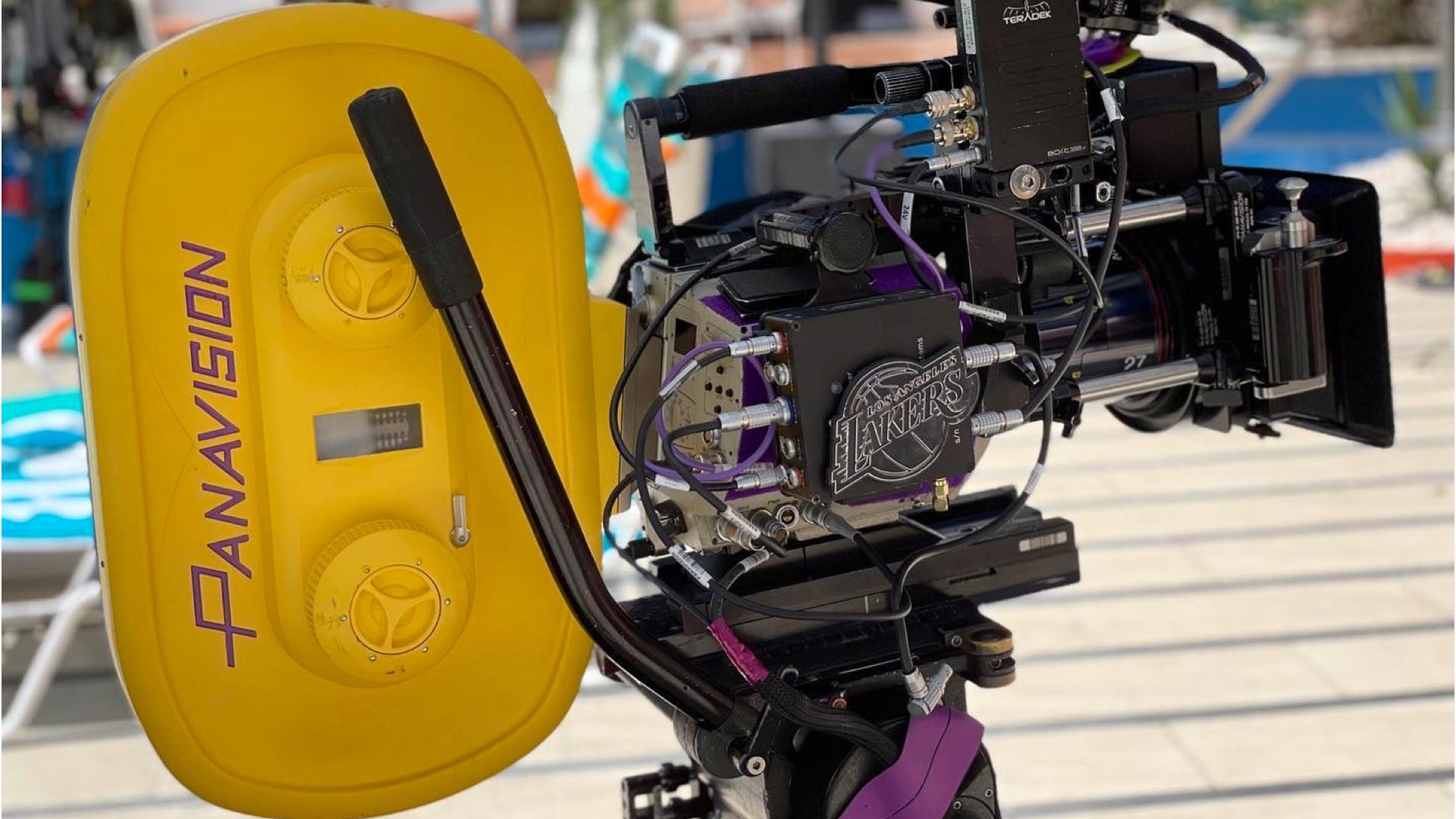
Winning Time: A fun story about the Lakers
The HBO series Winning Time: The Rise of the Lakers Dynasty, tells the story of the professional and personal lives of the 1980s Los Angeles Lakers. The project needed a vast amount of archival materials, however, NBA limited the access and the filmmakers were forced to shoot it from scratch. Hence, producer and director Adam McKay used minimal stuff from the archive and more brand new materials from the present shooting. That’s one of the reasons DP Todd Banhazl has chosen to use 35mm film. According to IndieWire, once Banhazl figured out that the primary format was going to be 35mm, he decided to emulate the look of Kodak’s long-defunct Ektachrome for the present-day ’70s and ’80s, and the even older Kodachrome look for the ’50s and ’60s. And it went out beautifully.
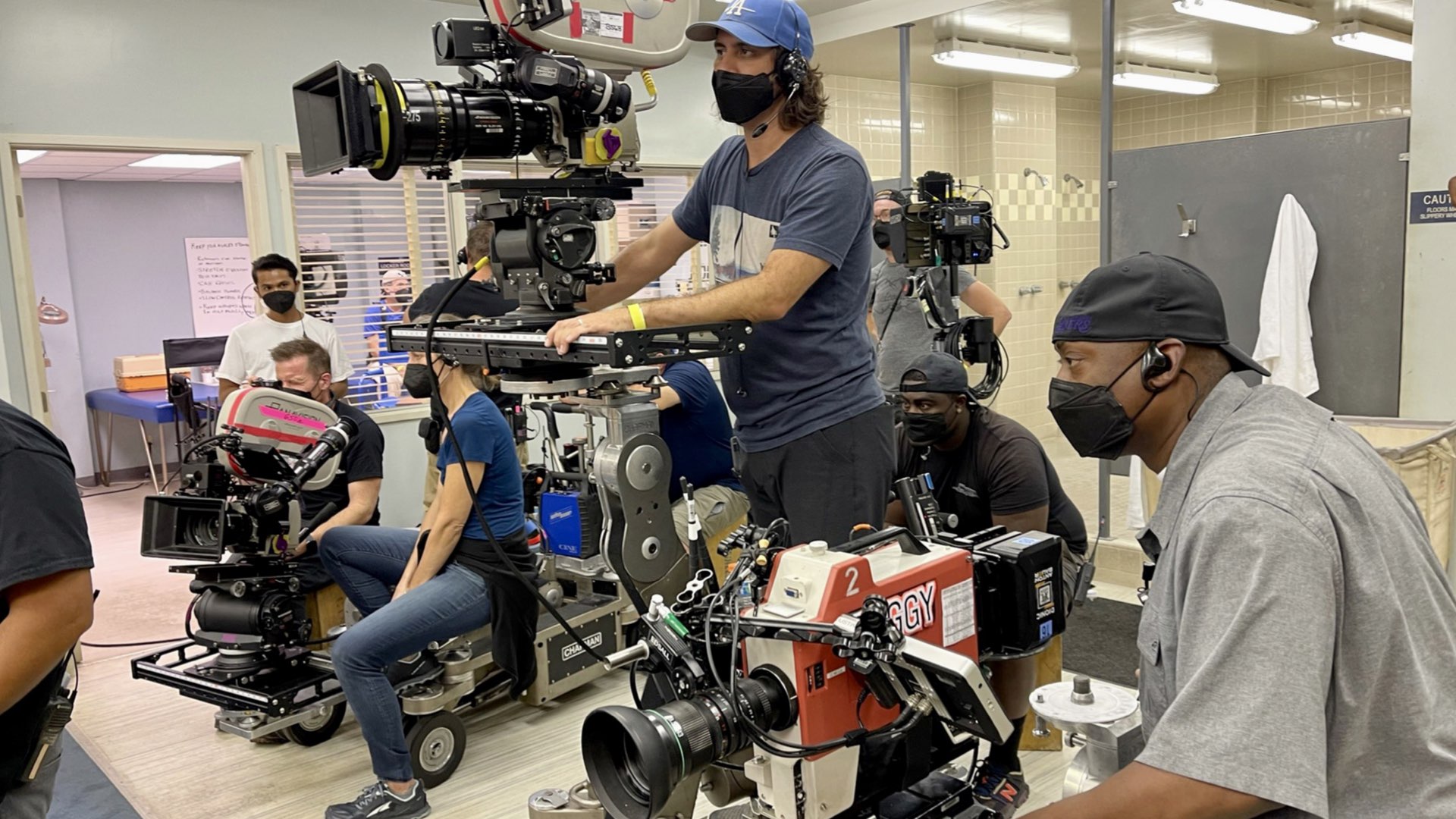
There were moments where it would’ve been easier for certain scenes to use a smaller digital camera but I’m glad we resisted that temptation as much as possible.
Co-Cinematographer Mihai Malamaire Jr
Blurring the line between ‘new’ and ‘vintage’
“The idea behind the visual style of the show was to create a tapestry of American culture and pop culture in the ’60s,’ 70s, and ’80s. The hope is that audiences will lose track of what we shot and what was actual archival footage” Banhazl elaborated to Panavision. “We wanted it to be grainy, greasy, shiny, vibrant, and have a hand-made quality to the texture of the image and to the camerawork itself” he added.
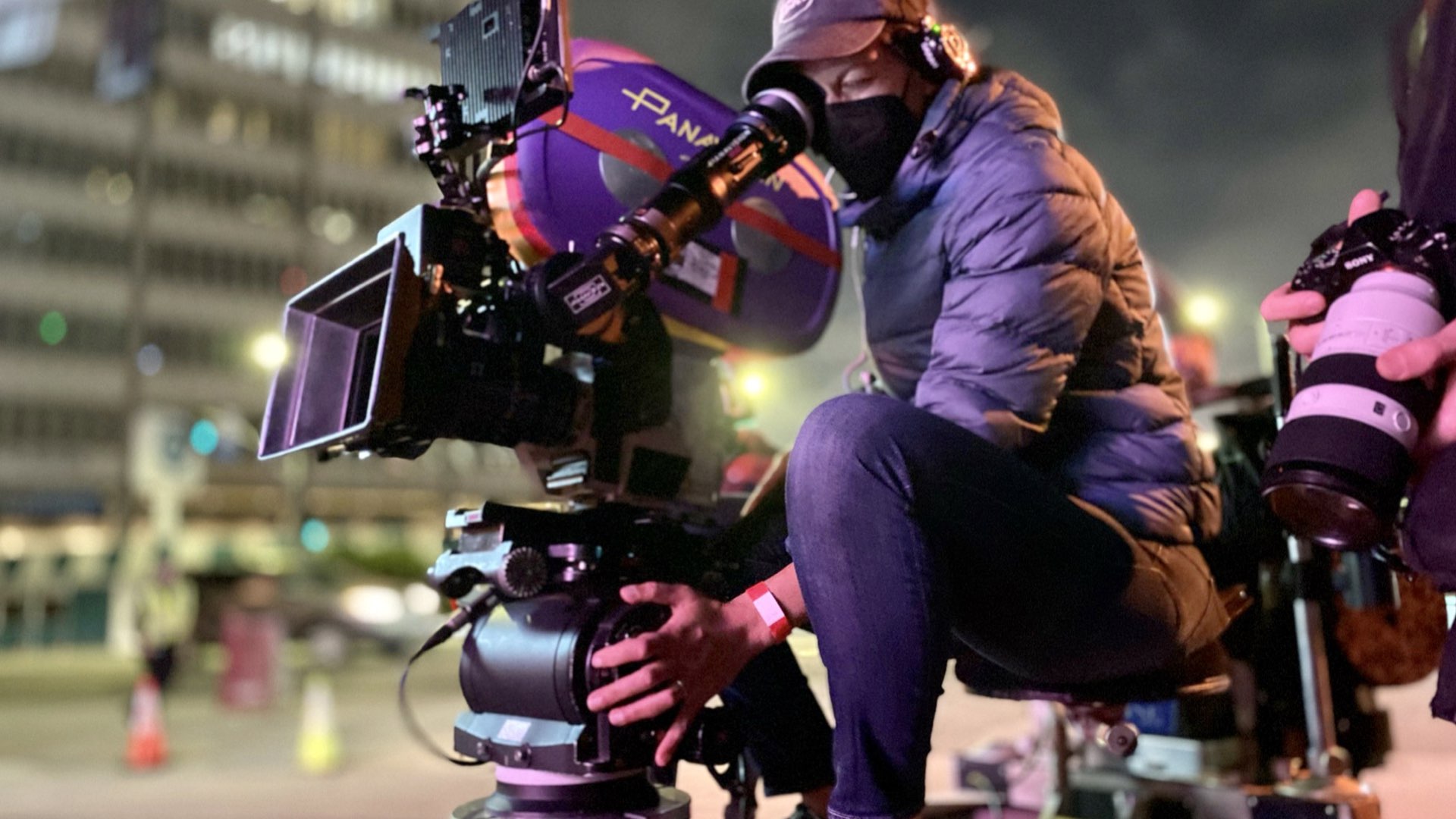
The Kodak Ektachrome look & feel
Banhazl shot a variety of film stocks, from 35mm, 16mm, and even 8mm color and black-and-white. The film stock was further processed to make it grainier and add more contrast, and “dirty” he explained. There were moments where it would’ve been easier for certain scenes to use a smaller digital camera but I’m glad we resisted that temptation as much as possible”.
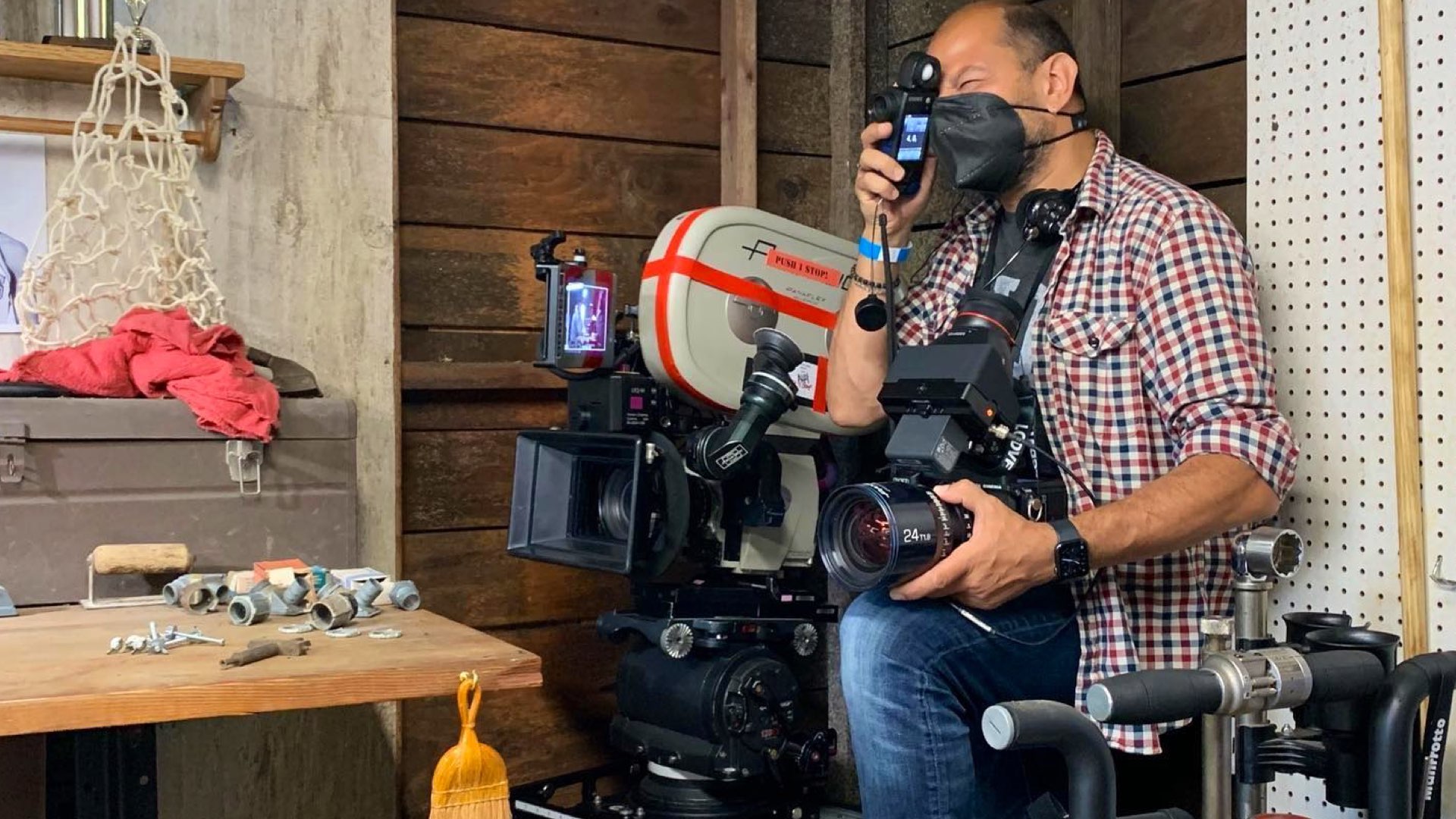
There is a certain approach that I love. You keep the camera rolling only when it’s really necessary. There is a different level of respect that a film camera demands.
Co-Cinematographer Mihai Malamaire Jr
Cinematographer Mihai Malamaire Jr added.: “The line between our footage and archival is so blurry it makes it an extremely period-accurate piece. Todd created a visual bible based on the look of the pilot. Also, Todd and I had extensive meetings with Max Borenstein and Rodney Barnes discussing each episode in detail. It was a very carefully planned visual style.”
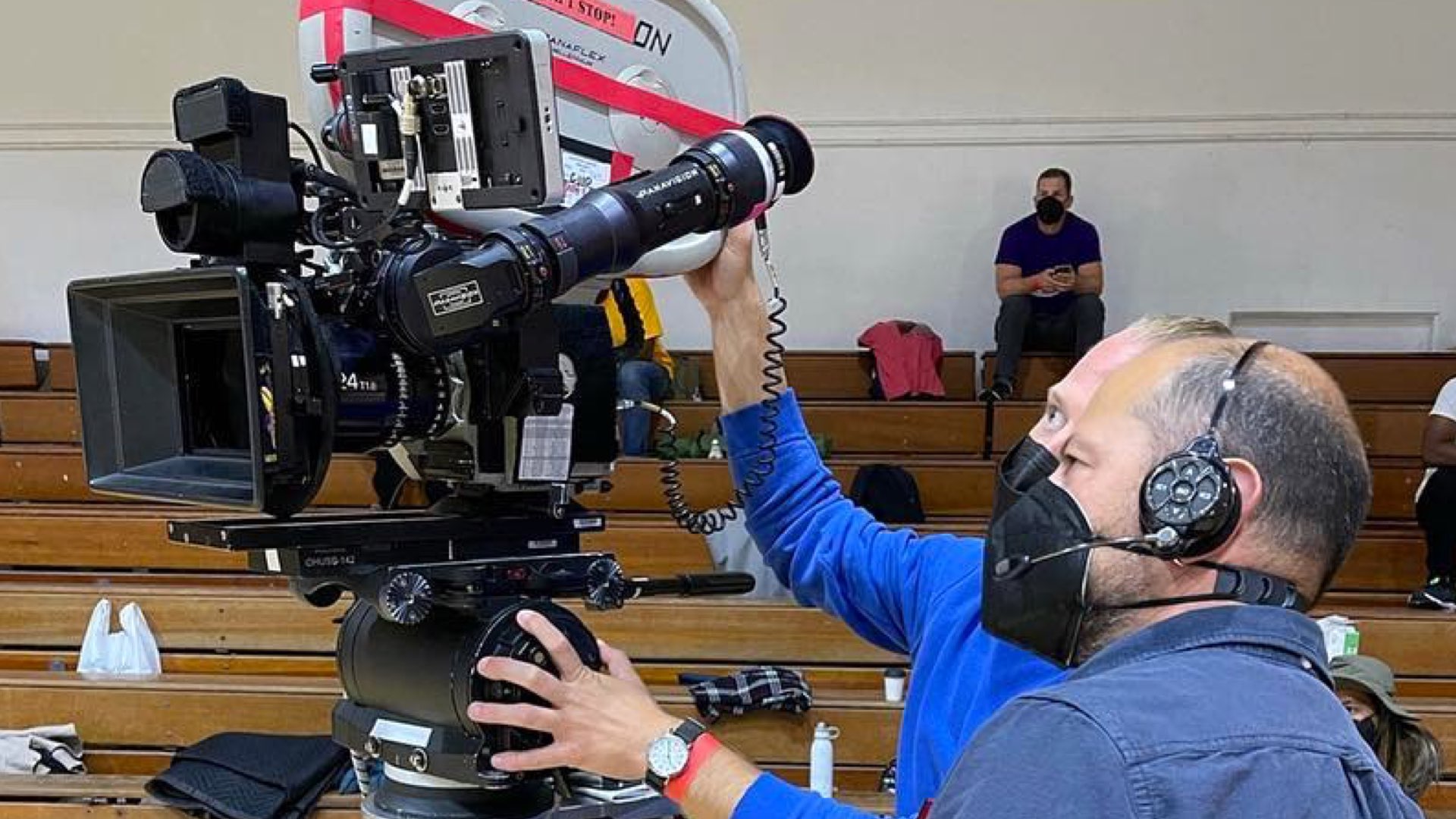
The discipline of shooting on film
Winning Time: The Rise of the Lakers Dynasty was shot on Panaflex XLs with Primo optics. “There is a certain approach that I love. You keep the camera rolling only when it’s really necessary. There is a different level of respect that a film camera demands. The HD video tap of the XL2 cameras definitely made things easier.” Mihai summarises his experience shooting with the mighty XL.
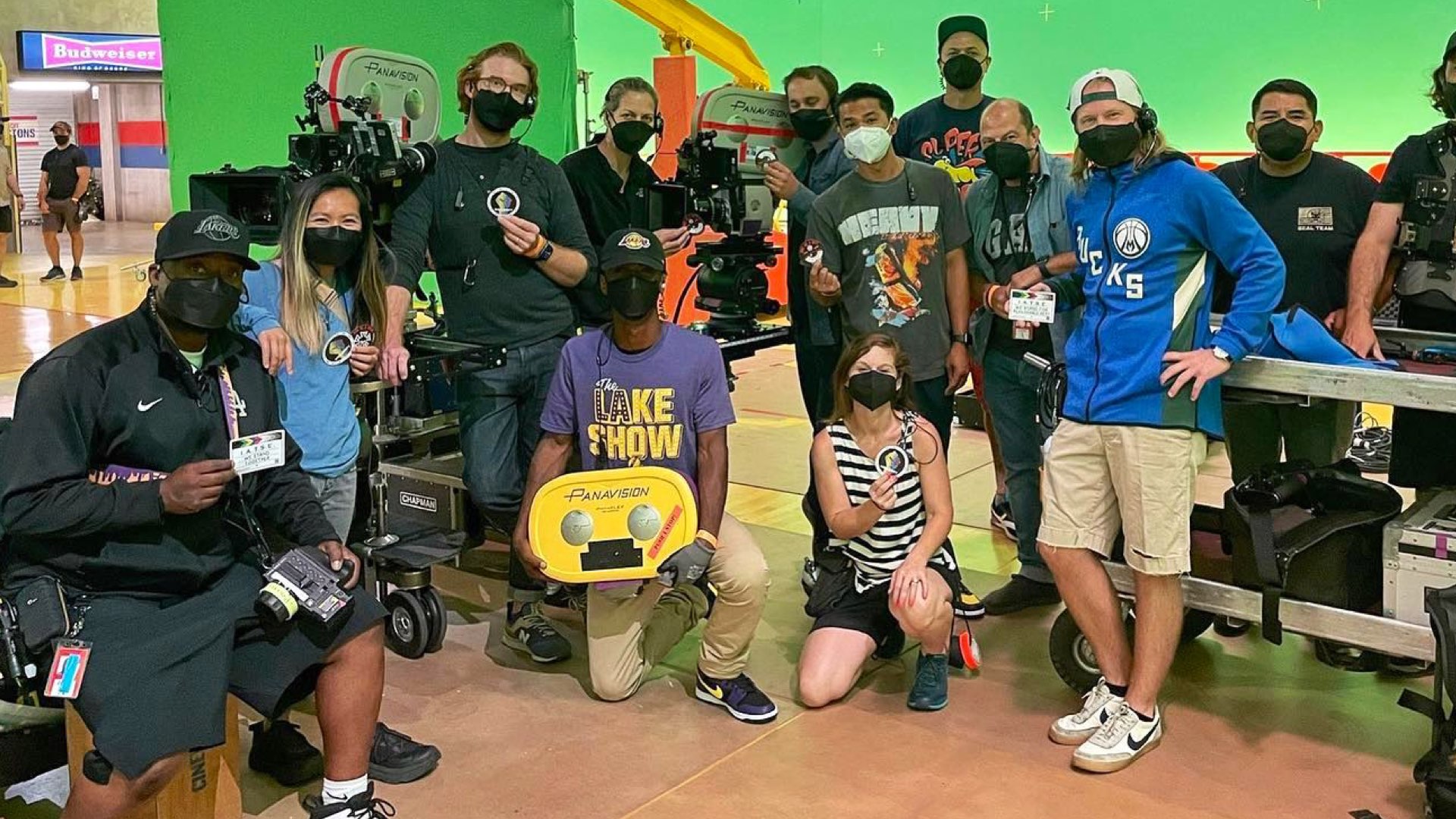
Specific look to each episode
According to Banhazl, each episode demanded its own visual flourishes as it jumps through different moments in American cultural memory. Thus, he and Mihai brought their own ideas and taste to the project while maintaining the overall rather non-traditional style. “We wanted the image to feel like our collective memory of all our favorite movies of the ‘70s and ‘80s mixed with a documentary edge,” he says.
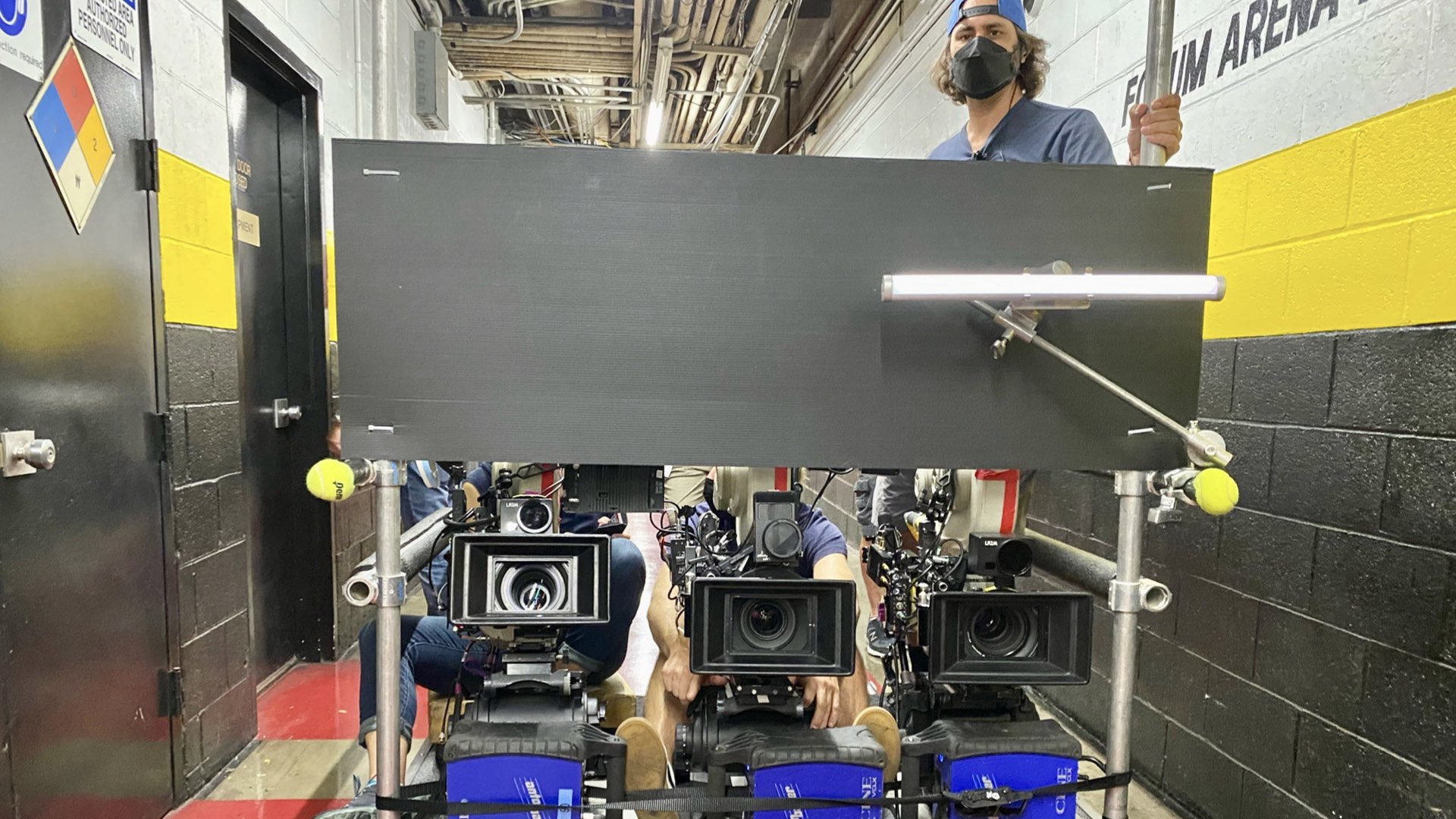
“I originally thought we were going to go with much older vintage glass, but by the time we had done everything photochemically and digitally to our film negative, the image was so degraded that the tried-and-true Primos lenses ended up being the perfect balance of clean, beautiful contrast mixed with the grainy softer film look” he added.
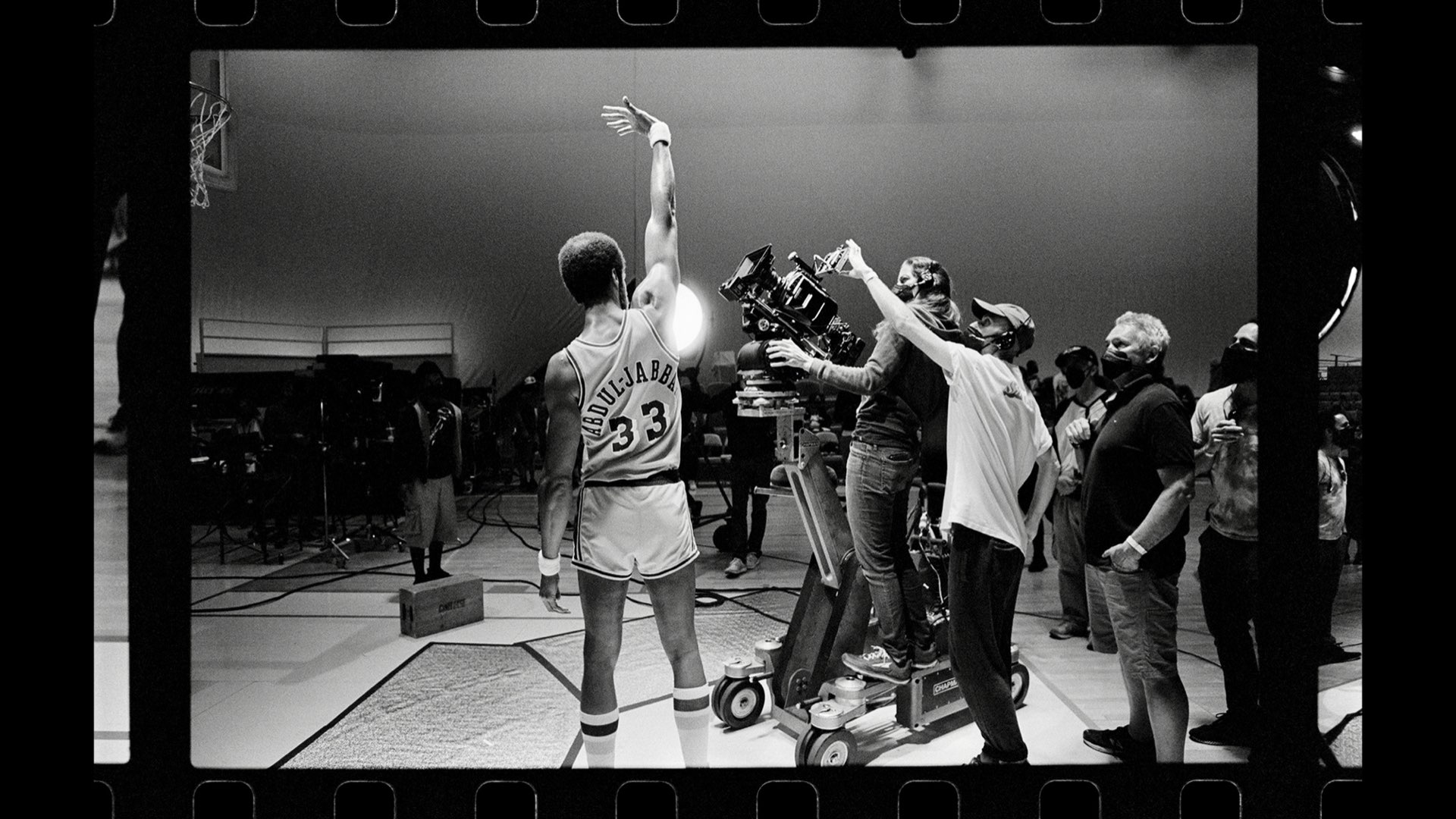
Wrapping up
As explained, and now it’s easily perceived, the cinematographers have chosen film because of the strategy of jumping between real archival from the period and brand new narrative footage. “It felt like using the actual formats was the most effective and most joyful way to play within those styles and aesthetics” Banhazl finalized his thoughts. After all that grainy talk, let’s have a look at the trailer below.
What do you think about this project? Is there such thing as ‘too grainy’?

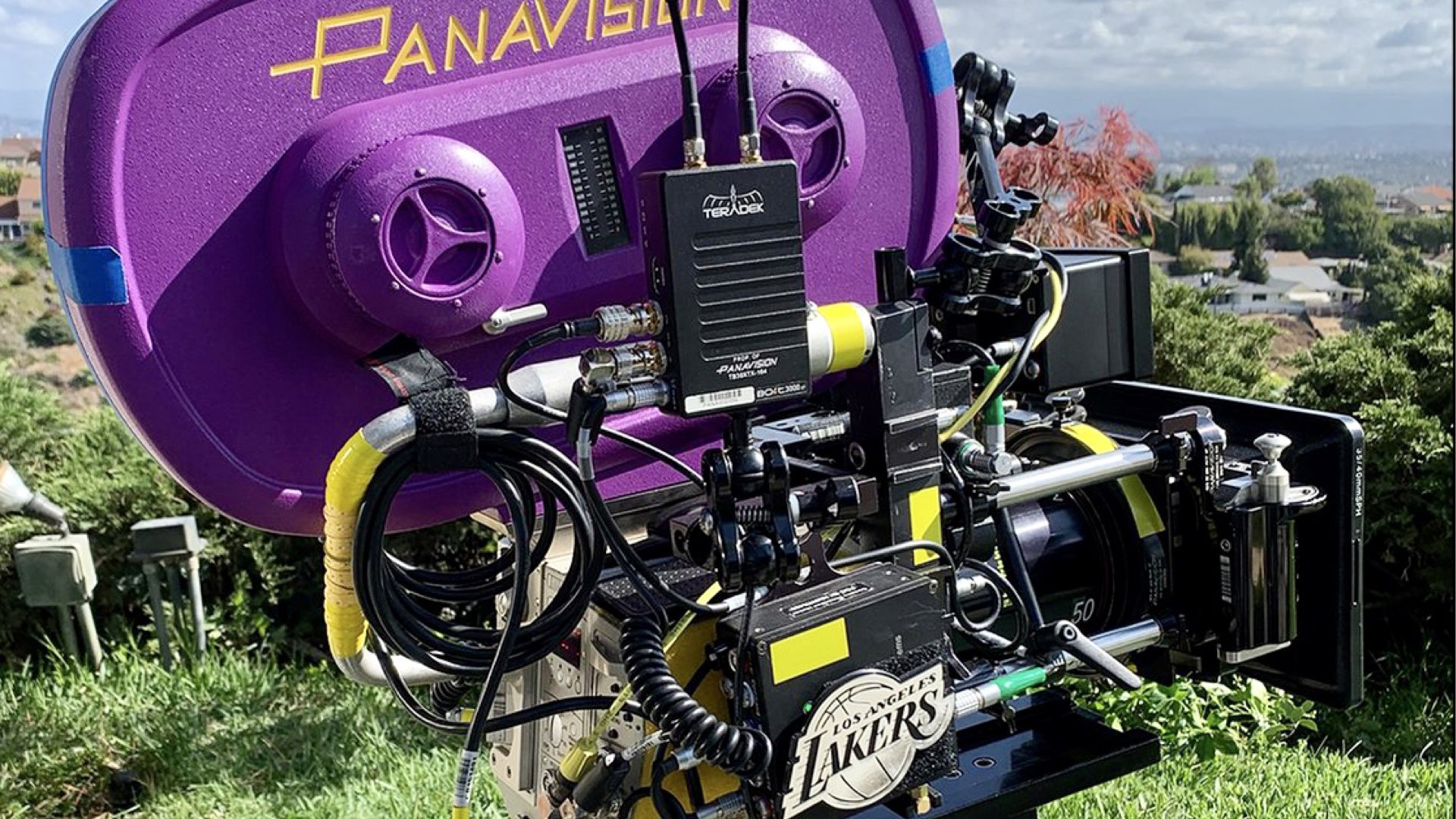
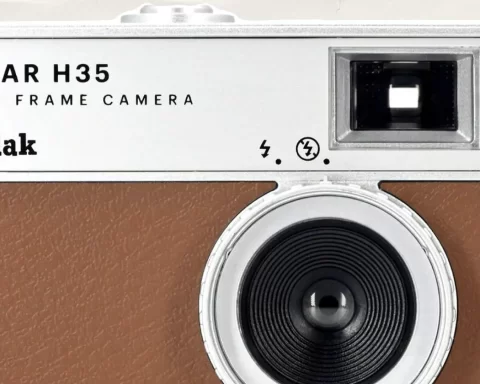
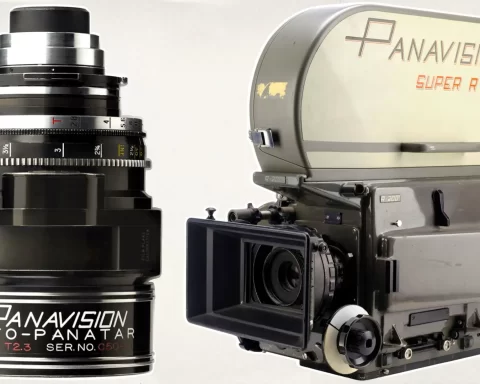
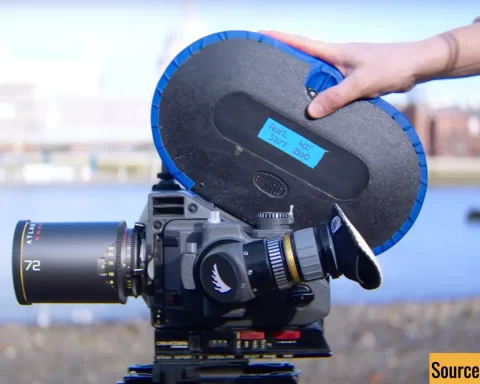
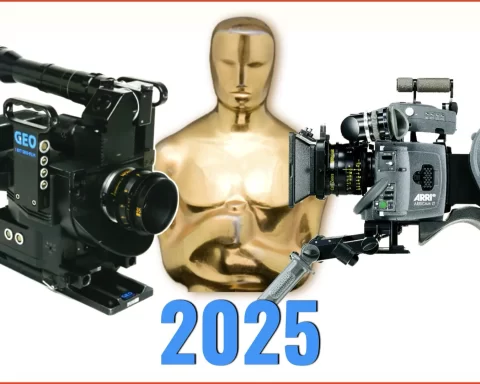
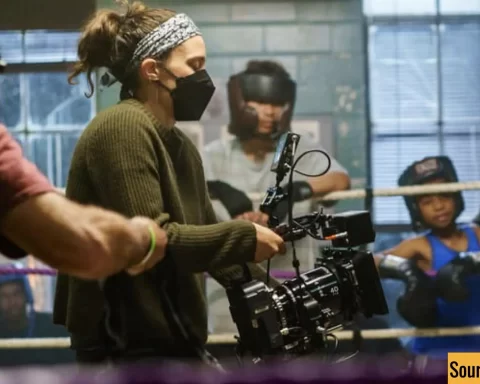
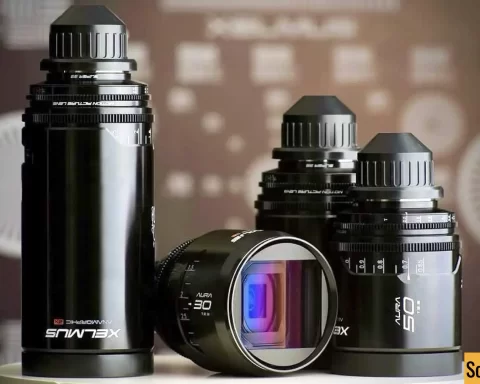

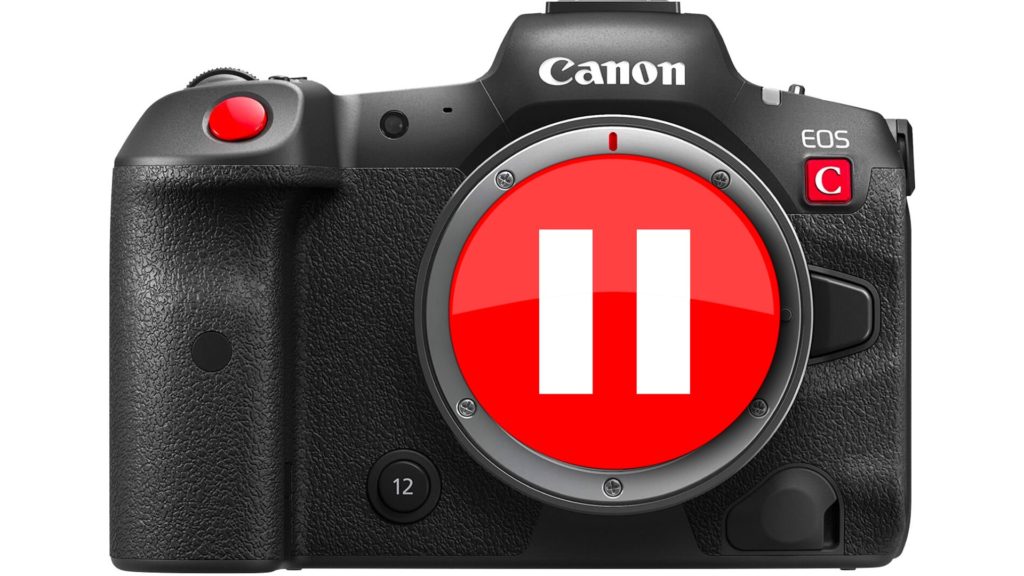
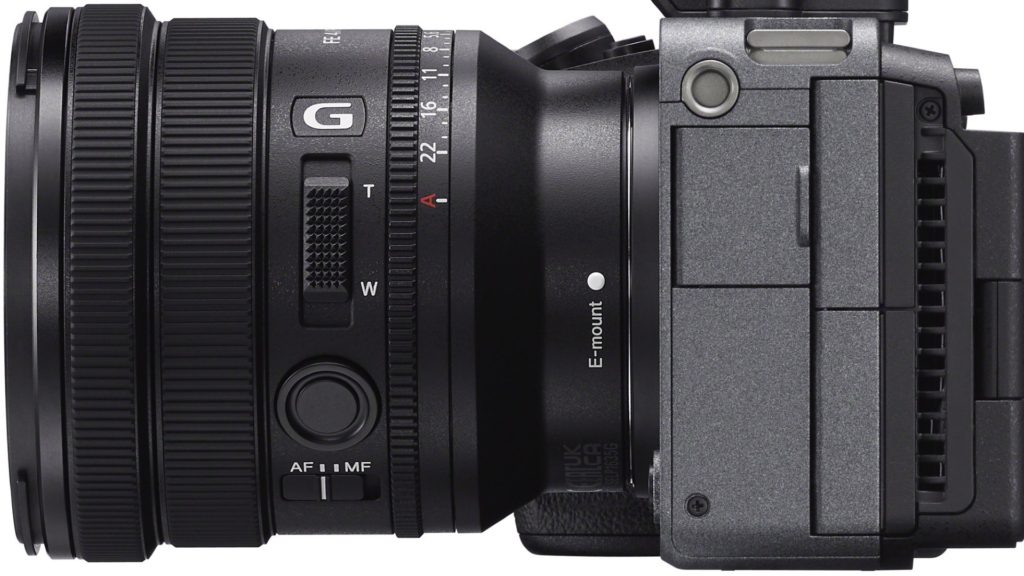

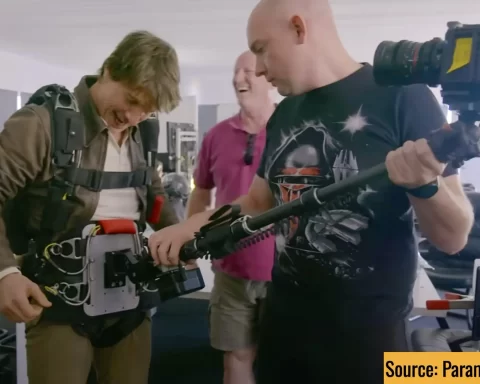


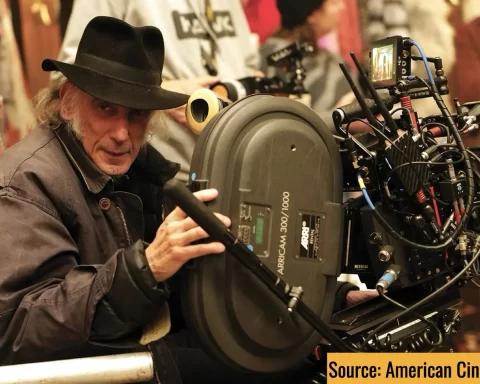

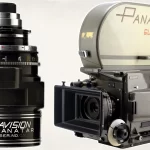
Jesus Christ, have any of you watched this? The noise is not the problem, whoever did the grade needs their head examined. Its like they scanned in all the film and converted it straight to rec.709. Its either that or whoever converted it for streaming broke something. It does not look right.